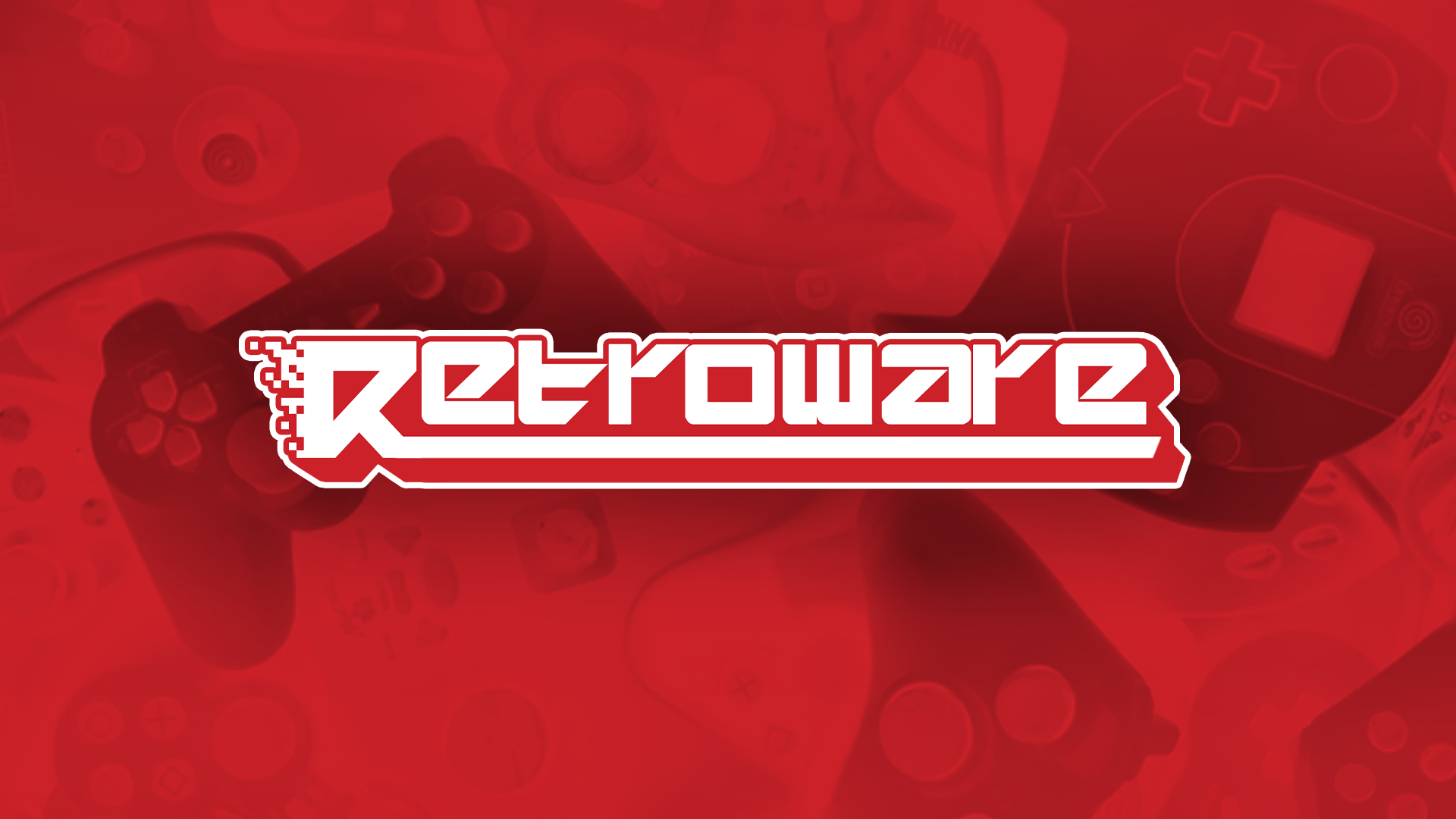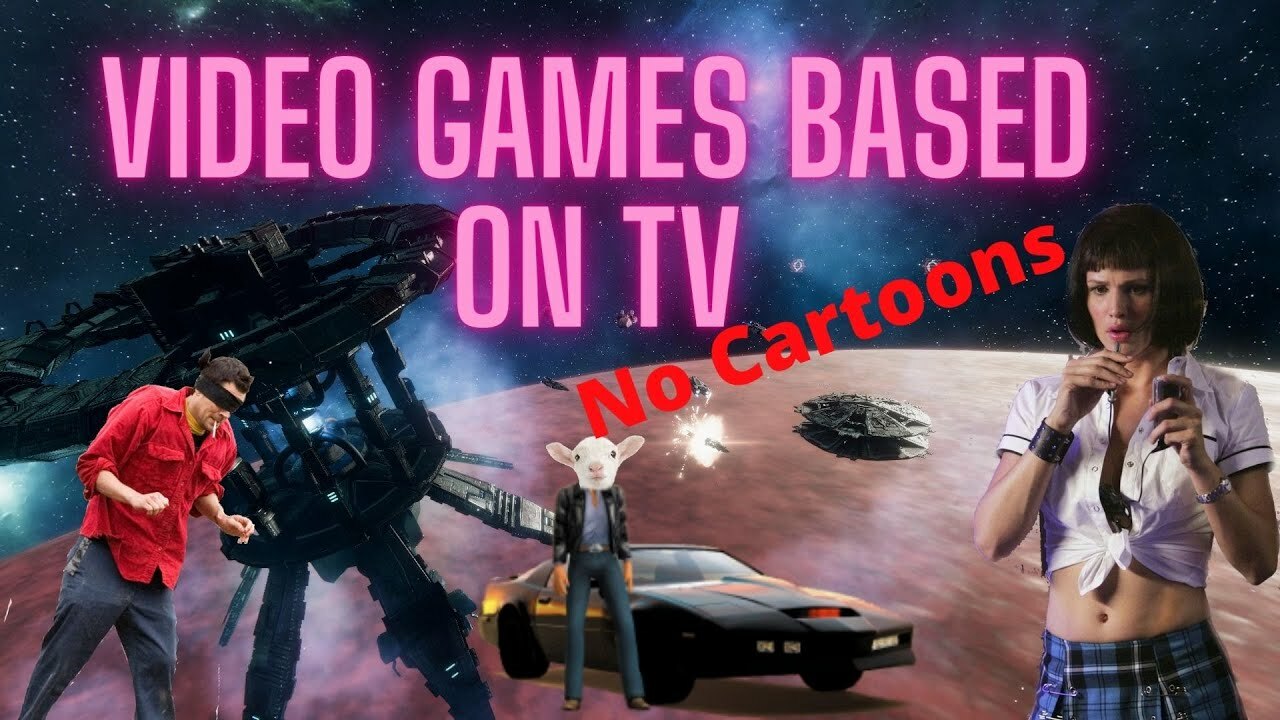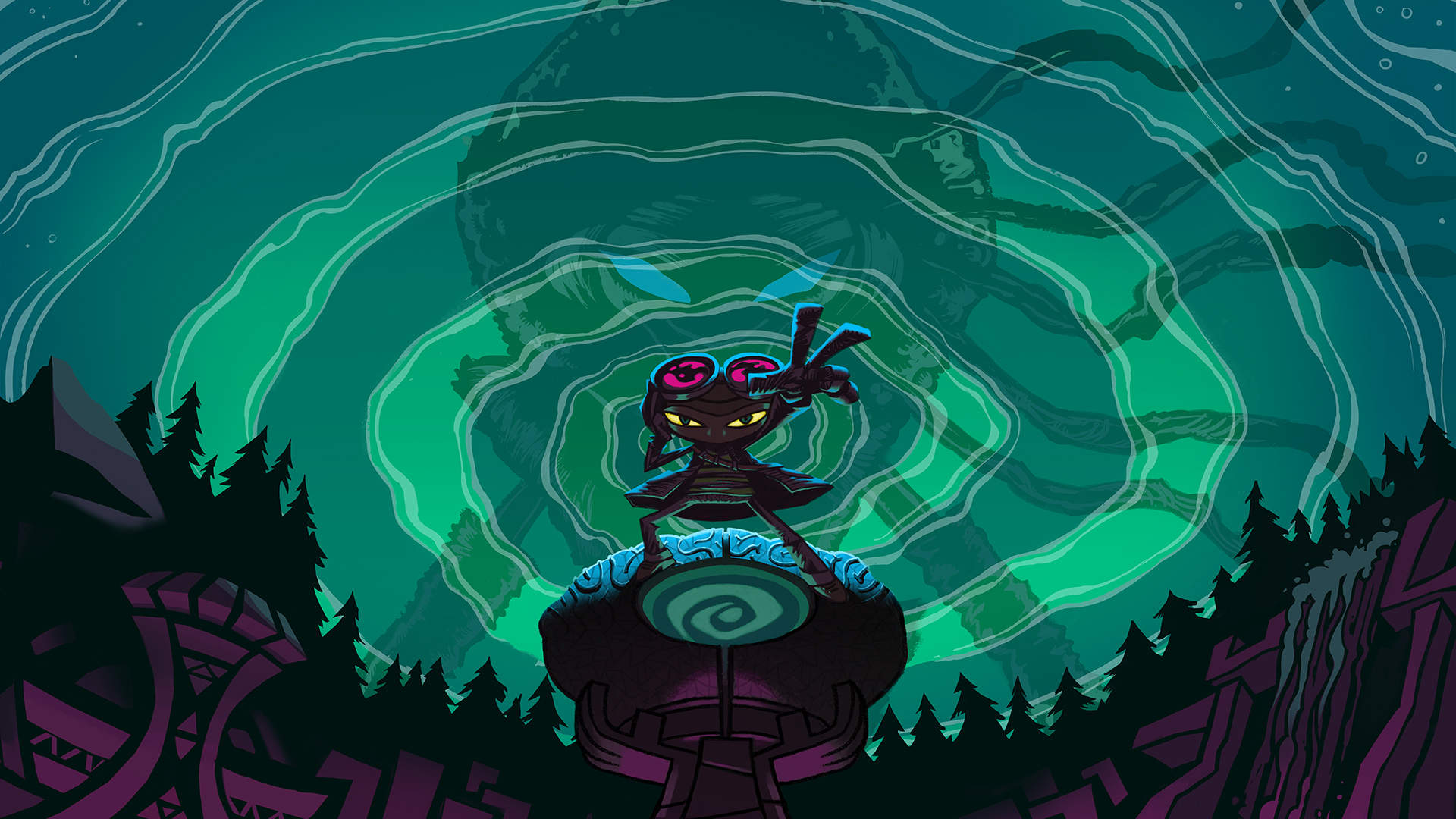Share
With Metroid Dread headed to Nintendo Switch on October 8, there’s never been a better time for newcomers to catch up on the long-running franchise or for nostalgic fans to relive their youth. After all, Dread marks the first 2D entry in the series in nearly two decades and aims to finally wrap up the story that began way back in 1986.
Trying to keep up with the timeline of every adventure Samus Aran has endured isn’t easy, but you don’t have to attempt to figure it all out for yourself. Whether you’re looking to dive in for the first time or simply want a refresher, here’s the full chronological order of the Metroid games:
11. Metroid / Metroid: Zero Mission
Released for the NES in 1986, the original Metroid – and its 2004 Game Boy Advance remake Metroid: Zero Mission – sees the introduction of main character Samus, including the famous ending that reveals her identity as a woman.
In addition to setting the expectations of the series going forward with its non-linear gameplay and dark, ominous tone, the original game provides the first story about Samus and her fight against the Space Pirates and eponymous Metroid creatures.
10. Metroid Prime
First-person GameCube title Metroid Prime was a drastic departure from what fans had come to expect from the franchise when it released in 2002, but it nevertheless has cemented itself as one of the best games of all time for many critics and consumers alike over the years.
This game takes place between Metroid and Metroid II: Return of Samus and follows Samus as she intercepts a distress signal and finds herself exploring the planet Tallon IV to uncover the secrets of a new mystery.
9. Metroid Prime Hunters
The 2006 Nintendo DS entry Metroid Prime Hunters brings the first-person gameplay to the handheld scene, and it even includes a multiplayer mode that was received positively upon release.
This entry tells a side-story that takes place before Metroid Prime 2: Echoes. Samus sets off to explore the Alimbic Cluster where she’s tasked with retrieving an “ultimate power” while fending off other bounty hunters who have come to claim it for themselves.
8. Metroid Prime 2: Echoes
2004’s GameCube release Metroid Prime 2: Echoes is the follow-up to the 2002 original, and it has been widely considered to be an improvement in nearly every meaningful way – though some find the increased difficulty to be a bit much.
This intense and darker entry in the franchise sees Samus investigating an alternate dimension and formally introduces Dark Samus, who is without a doubt the series’ most popular and sinister antagonist and our heroine’s most personal foe.
7. Metroid Prime 3: Corruption
Taking place six months after the ending of Metroid Prime 2: Echoes, the 2007 hit Metroid Prime 3: Corruption takes full advantage of motion controls for some more first-person fun on the Wii.
Samus is once again on a treacherous mission, this time seeking some lost comrades following the Space Pirates’ attack on the Galactic Federation. She soon finds herself in a race for time as she goes head-to-head with her nemesis, Dark Samus, who has corrupted her with radioactive Phazon.
6. Metroid Prime: Federation Force
2016’s Metroid Prime: Federation Force is the first game in the series that doesn’t feature Samus as the main character. Instead, this title is a cooperative multiplayer experience for Nintendo 3DS that places players in the shoes of Galactic Federation Marines. It was not particularly well received upon launch, and if there’s a game worth skipping on your path to Metroid Dread, this may be the one.
In this entry, which is a mission-based first-person experience, the Galactic Federation is attempting to stop the Space Pirates for good after Samus eradicated the Phazon mutagen at the end of Metroid Prime 3: Corruption.
5. Metroid II: Return of Samus / Metroid: Samus Returns
1991’s Game Boy title Metroid II: Return of Samus – and its 2017 Nintendo 3DS remake Metroid: Samus Returns – was the franchise’s first sequel and first handheld game, and it’s still considered to be an overwhelming improvement over the original.
In this outing, Samus sets out to planet SR388 in a quest to completely eradicate the Metroids before the Space Pirates can get their hands on them. By the end of the journey, the stage has been set for what is arguably the series’ most popular game…
4. Super Metroid
1994’s Super Metroid brought the franchise to the Super Nintendo with all the upgraded graphics and enhanced gameplay players would still be talking about all these years later. This is considered by many to be the highest point of the series, and it’s unlikely that will change anytime soon.
This adventure sees Samus bring the final living Metroid to the Ceres space colony so that it can be studied, but soon after her arrival, it’s stolen by Space Pirate Ridley. This sequence of events leads Samus to the planet of Zebes to chase down Ridley and put an end to the Metroids once and for all.
3. Metroid: Other M
The 2010 Wii title Metroid: Other M remains one of the series’ most divisive, opting for an unusual third-person perspective and some switching to first-person for some occasionally awkward gameplay. It also features voice acting for Samus, which many fans and critics have criticized as providing unnecessary characterization for an historically stoic heroine.
In this entry, which takes place a few weeks after the events of Super Metroid, Samus sets out with a platoon of Galactic Federation Marines to investigate a derelict space station known as the “Bottle Ship.”
2. Metroid Fusion
The 2002 Game Boy Advance game Metroid Fusion is not only the last original 2D Metroid entry in 19 years, but it’s also the most recent chronologically and sets the stage for Metroid Dread to finally wrap things up all these years later.
In it, Samus investigates SR388 again, but she finds that it’s crawling with shapeshifting parasites that fuse with her suit and nearly kill her. She’s saved by a vaccine made from a baby Metroid and sets out on a journey to explore another space station where she’ll discover some harrowing secrets.
1. Metroid Dread
Metroid Dread is set to launch on October 8 for the Nintendo Switch and will be the most chronologically recent title in the series upon release. It’s a true return to form for the franchise and is set to wrap up the story that began over three decades ago.
In this most recent game, the Galactic Federation receives a transmission stating that the dangerous parasites – thought to have been destroyed at the end of Metroid Fusion – are still alive. Samus is sent to investigate the source of the transmission beneath the surface of planet ZDR, and after a showdown with a mysterious figure, finds her suit upgrades have been lost and her path to the planet’s surface blocked.
The epic conclusion to the story of Samus and the Metroids will soon be underway.



